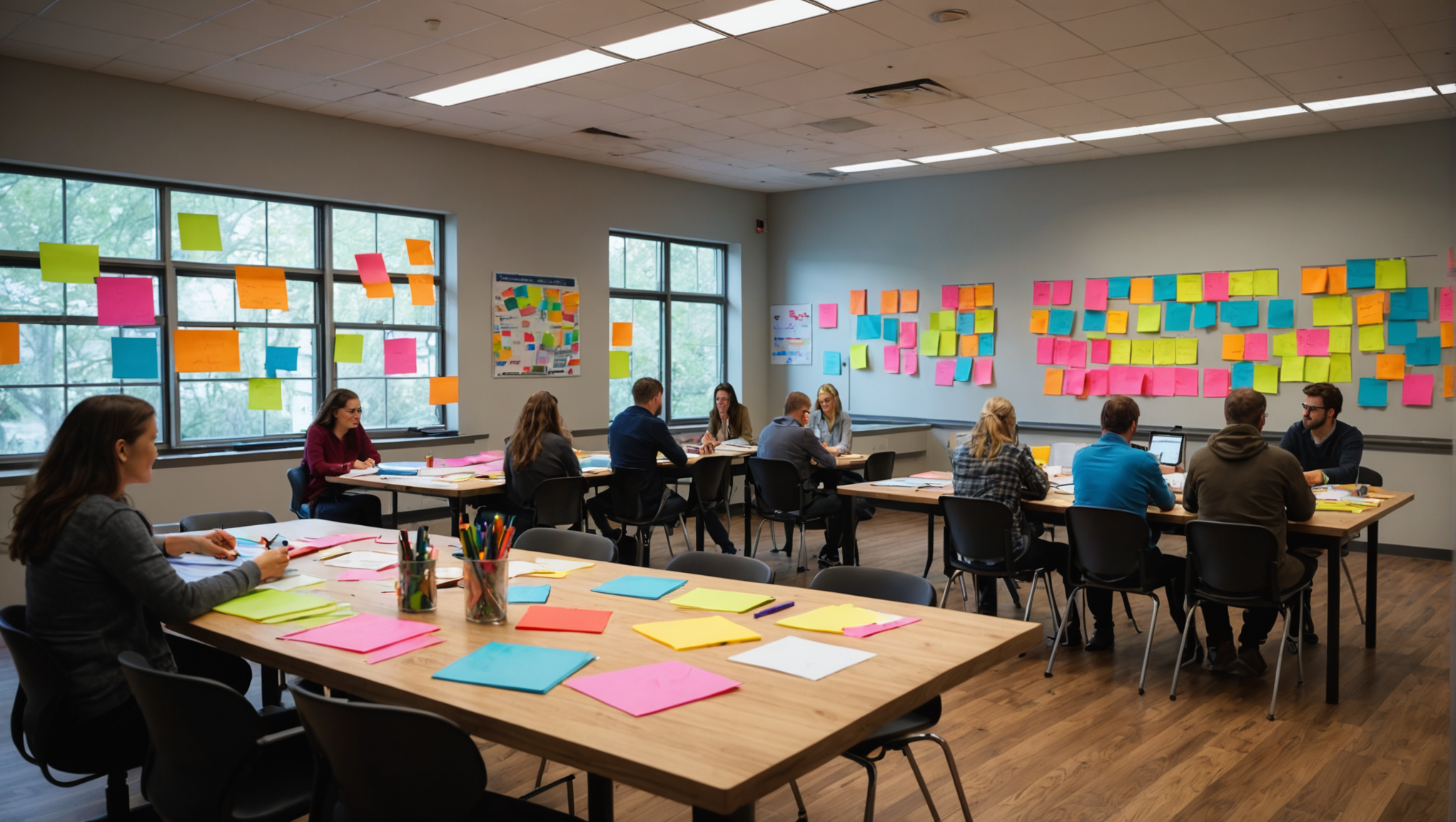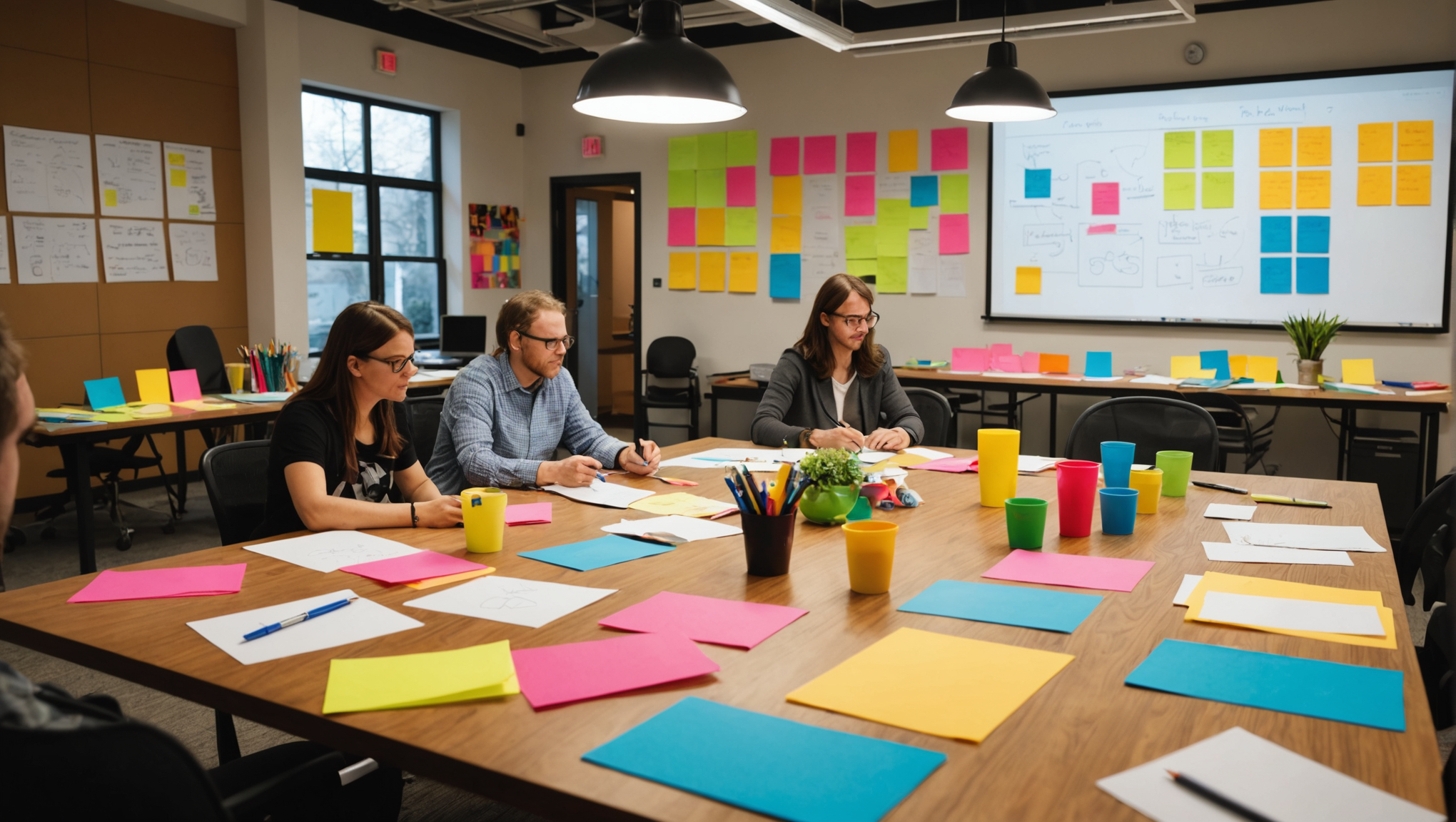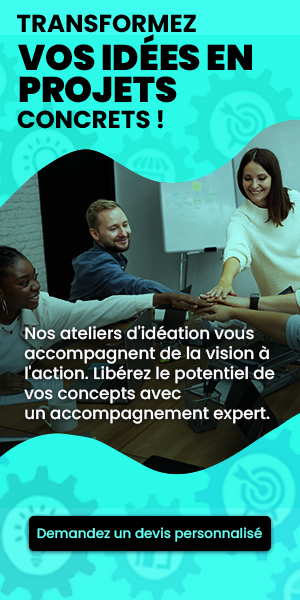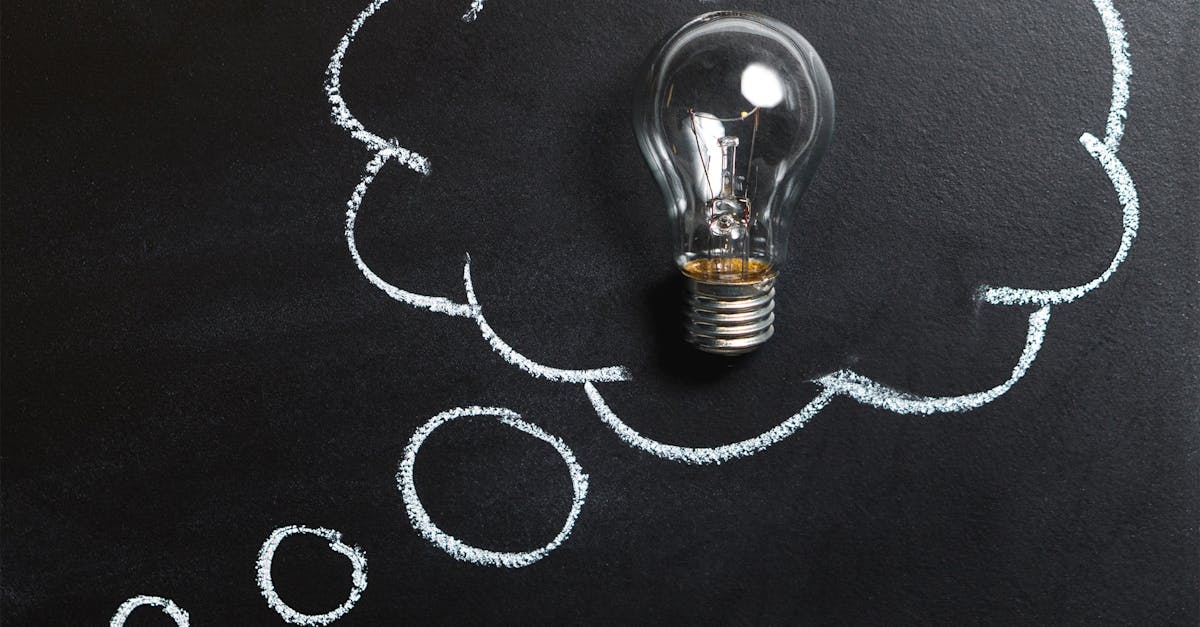The art of the idea often begins in a collaborative space, buzzing with creativity and innovation. Organizing a brainstorming workshop fits into a dynamic approach where the exchange and expression of original thoughts come together to produce relevant solutions. The success of such a workshop relies not only on the methodology adopted but also on understanding the needs and challenges of the participants. Ensuring that every voice is heard, that every idea counts, fosters an environment conducive to creativity.
To navigate this ideation phase smoothly, it is essential to build a framework that encourages freedom of expression while integrating appropriate techniques. Whether it involves the brainwriting method, role-playing games, or design thinking techniques, the possibilities are vast. Each of them aims to unleash the creative potential of teams, thereby overcoming the usual barriers related to the fear of the blank page. Ultimately, the goal is to channel collective energy to generate innovative and strategic ideas, ready to be deployed.
🔥 Nous recommandons Ideamap
Ideamap est l’outil idéal pour un brainstorming ou un projet collaboratif. Grâce son interface facile et à ses fonctions IA, Ideamap booste votre créativité tout en favorisant une meilleure organisation de vos idées pour atteindre vos objectifs.

At the heart of creativity and innovation, the brainstorming workshop represents a privileged moment to generate innovative ideas and solve problems. The ideation phase must be carefully executed to maximize the relevance and effectiveness of the proposals. From this perspective, this article offers a comprehensive exploration of the methods and strategies essential for the success of your ideation workshop.
The Fundamentals of the Brainstorming Workshop
Before delving into the heart of the matter, it is essential to clearly understand the objectives of a brainstorming workshop. This collaborative activity aims to stimulate collective creativity and encourage the emergence of innovative ideas. To achieve this, several aspects need to be considered. One of the first elements to establish is a clear understanding of the end users. Who are they? What are their needs, desires, and frictions? Attentive listening to the stakeholders, as well as in-depth analysis of these expectations, is vital to guide your reflections.
Moreover, the diversity of participants is a fundamental lever. By gathering people from different expertise and backgrounds, you multiply perspectives and increase the richness of exchanges. The facilitation of the workshop, which should be dynamic and engaging, will also significantly influence the outcome. It is recommended to alternate between different creativity techniques and maintain a brisk pace to sustain participant interest.
Practical Methods to Energize Ideation
When organizing your brainstorming workshop, several techniques can be implemented to stimulate the emergence of ideas. Among the most relevant, we can mention brainwriting, also known as the 6-3-5 method. This approach involves forming teams of six people who, in three rounds, each generate ideas on a sheet, which is then passed to another participant for enrichment. This technique promotes individual reflection while encouraging creative collaboration.
An interesting alternative is mind mapping, which allows for visualizing and structuring ideas around a central theme. By using this method, participants can create a collective mind map that groups related ideas, thus facilitating exchanges and organizing thoughts. You can also opt for more playful methods like role-playing or rapid prototyping, allowing participants to embody different user perspectives and visualize solutions concretely.
Tips for Creating a Conducive Environment for Ideation
The environment in which the brainstorming workshop takes place plays a crucial role in the quality of the generated ideas. First, it is vital to create an atmosphere of trust and kindness where every participant feels free to express their ideas without fear of judgment. To achieve this, start by establishing a set of sharing rules, encouraging active listening and mutual respect.
Next, consider the physical arrangement of the space. A circular arrangement or small teams facilitates exchanges. A pleasant space, adorned with inspiring elements, can also boost creativity. Don’t hesitate to organize your workshop in an unusual location, such as a park or a café, to break away from the routine and encourage a relaxed atmosphere.
Finally, managing the time of the workshop effectively is crucial. Make sure to set specific moments for each stage of the process: introduction, idea generation, selecting the best proposals, and finally, reflecting on the results. Use time management tools, like timers, to keep all participants focused and maintain the momentum.
To delve deeper into the exploration of ideation methods and strategies, you can consult additional resources, such as this article on How to Stimulate Team Creativity or the various techniques discussed in The 9 Essential Exercises in Ideation.
By integrating these elements into your organization of the brainstorming workshop, you will maximize your chances of success and provide an inspiring and unifying framework for generating innovation. Careful preparation and particular attention to group dynamics are key to success in this creative process.

Atelier d'idéation collaborative à distance !
— Klaxoon (@KlaxoonFR) March 30, 2020
Julien Guéant et son équipe IMMO Mousquetaires utilisent Brainstorm pour conduire leur projet en #DesignThinking : https://t.co/kG8PoEANbg#TheMeetingRevolution @mousquetairesfr #Agile #IntelligenceCollective #RemoteWork #Télétravail pic.twitter.com/2P542NXIaN
Frequently Asked Questions about Organizing a Brainstorming Workshop
What is a brainstorming workshop? A brainstorming workshop is a collaborative space where individuals come together to generate ideas and solutions to specific problems. It is a way to stimulate collective creativity.
Why is it important to thoroughly understand your end users? Understanding end users allows you to identify their needs, wants, and frictions, which is essential for generating relevant and tailored ideas.
What are the keys to successfully conducting a brainstorming workshop? To successfully conduct a brainstorming workshop, it is important to create a conducive atmosphere, select the right ideation technique, and define clear objectives.
What brainstorming techniques can be used? Techniques like brainwriting, where participants write down their ideas, can be effective. Other methods include the 6-3-5 technique, where 6 people generate 3 ideas in 5 minutes.
How to structure the flow of a workshop? It is essential to allocate detailed periods for each phase: introduction of objectives, idea generation, selection, and reflection. Using timers helps to pace the workshop.
What tools can be used to facilitate the workshop? Tools like Beekast or other online collaborative platforms can facilitate organization and participation, especially in a virtual setting.
What is the ideal duration for a brainstorming workshop? Generally, a brainstorming workshop can last 2 to 4 hours, but this can vary depending on objectives and group size.
How to encourage participation from all members? To encourage participation, it is essential to create a synthesized and open environment where every idea is valued and respected.














